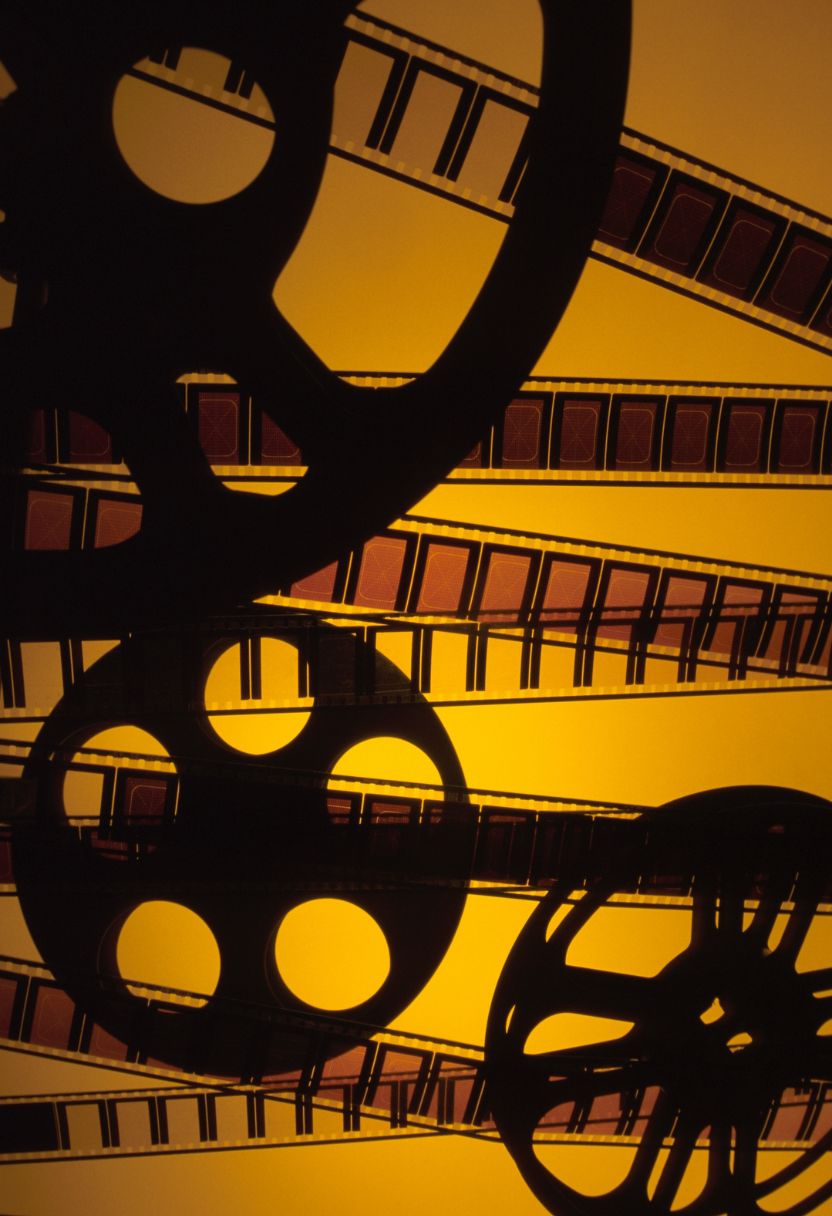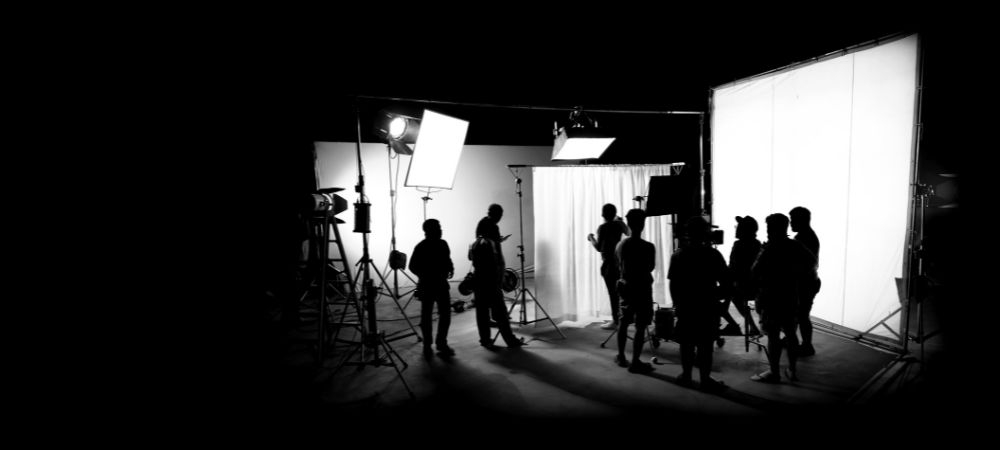

The historical development and evolution of color negative film is a fascinating journey that spans over a century. It's not just about the technical advancements, but also about the cultural shifts and artistic trends that influenced its growth. Oh, what an adventure it has been!
At the turn of the 20th century, black-and-white photography reigned supreme. Access further information go to that. Color photography was more like a dream than reality. Early attempts at capturing color were cumbersome and unreliable. Who would've thought that one day we'd have such vibrant hues in our photos? But necessity breeds innovation, huh?
The real breakthrough came in the 1930s with Kodachrome, though it wasn't exactly color negative film-it was slide film. Nonetheless, Kodachrome's success spurred interest in developing practical methods for producing color negatives. It wasn't easy; chemists and engineers faced myriad challenges.
By the 1940s, Eastman Kodak had introduced its first successful color negative film-Kodacolor. This was significant because it allowed for prints to be made from negatives, opening up new possibilities for both amateur and professional photographers alike. You wouldn't believe how revolutionary this was back then! However, Kodacolor wasn't without its flaws-early versions had issues with stability and longevity.
As we moved into the 1950s and 60s, improvements in emulsion technology led to better quality films with richer colors and finer grain structures. Fujifilm entered the scene too during this period with their own line of color negative films which offered different characteristics compared to Kodak's offerings.
Then came the digital age in late 20th century which posed a significant threat to traditional analog photography including color negative film. Many predicted its demise-oh, how wrong they were! While digital did take over much of everyday photography by early 2000s', there remained (and still remains) a dedicated community passionate about shooting on film.
In recent years there's been something of a renaissance or maybe resurgence is better word-for analog photography including using color negatives again! New generations are discovering-or rediscovering-the unique aesthetic qualities that only chemical processes can provide: those warm tones; subtle gradients; organic textures...you name it!
So here we are now-in an era where both digital convenience coexists alongside timeless beauty captured via traditional means like color negative films which continue evolving thanks largely due renewed interest driven partly by nostalgia but mostly appreciation genuine craftsmanship behind each frame shot on them.
Color negative film, often simply referred to as color print film, possesses unique characteristics and properties that make it a beloved choice among photographers. It's not just the film's ability to capture images in vibrant colors, but rather its nuanced qualities that can't be understated.
First off, let's talk about the dynamic range. Color negative film has an impressive capacity to handle a wide range of light intensities. You won't find yourself losing details in shadows or highlights as easily compared to other types of films or digital sensors. This characteristic is particularly advantageous when shooting scenes with varying lighting conditions-think sunsets or indoor-outdoor transitions.
Moreover, color negative film is known for its forgiving nature when it comes to exposure errors. Overexposed? Underexposed? Don't worry too much! The latitude of this type of film allows you some leeway which isn't unforgivingly strict about perfect exposure settings. Hence, beginners love it because they can still get decent results even if they're not entirely spot-on with their exposure settings.
Another property worth mentioning is the grain structure. Color negative film tends to have finer grain compared to black and white films at comparable ISO ratings. This gives your photos a smoother appearance without sacrificing detail. However, don't expect zero grain; it's part of the charm!
Oh, let's not forget about color rendition! Unlike slide films (which are quite picky), color negative films boast more natural and balanced tones. They capture skin tones beautifully and render colors in a way that's true-to-life yet slightly enhanced-just enough to add that cinematic touch without appearing exaggerated.
One downside though-you can't directly view the image on the developed negatives; they appear inverted with orange tints due to the mask layer used during manufacturing. It requires scanning or printing onto photographic paper for proper viewing, which might seem less convenient but oh-so-worth-it once you see those rich prints.
There's also something nostalgic about using color negative film-the tactile process of loading it into your camera, advancing each frame manually (if you're using an older model), and waiting patiently for development-it all adds up into an experience digital photography just can't replicate.
In conclusion, while there are indeed some inconveniences like needing additional steps for viewing final images and dealing with occasional graininess-or perhaps precisely because of these quirks-color negative film continues holding a special place in many photographers' hearts worldwide due its broad dynamic range, forgiving latitude towards exposure errors, fine grain structure & beautiful color rendition.
So go ahead-dust off that old 35mm camera lying around somewhere! Give color negative film another shot; who knows what kind of magic you'll capture through its lens?
The largest camera collection consists of over 4,500 electronic cameras, showcasing the evolution of photo modern technology from the 19th century to the here and now day.
Kodak, a significant pioneer in the popularization of photography, was the first business to introduce a camera for the masses in 1888, called the Kodak No. 1.
The very first digital camera was established by Eastman Kodak designer Steven Sasson in 1975, considering 8 extra pounds (3.6 kg) and videotaping black and white photos to a cassette tape.
The first color photo was absorbed 1861 by James Clerk Maxwell, the physicist renowned for his work in electromagnetism.
Ah, the age-old debate between film and digital photography.. It's a topic that has stirred up quite a bit of passion among photographers over the years.

Posted by on 2024-06-28
When you're diving into the world of analog photography, it’s crucial to choose a film stock that will make your learning experience as smooth and enjoyable as possible.. For beginners, this can be quite an overwhelming decision.
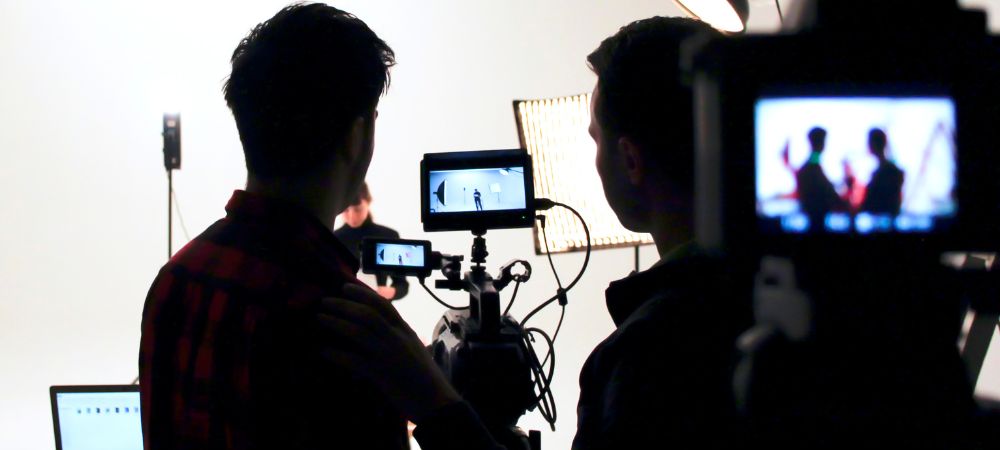
Posted by on 2024-06-28
Developing film at home can be a rewarding yet challenging experience.. It ain't as simple as pressing a button on your phone, that's for sure.
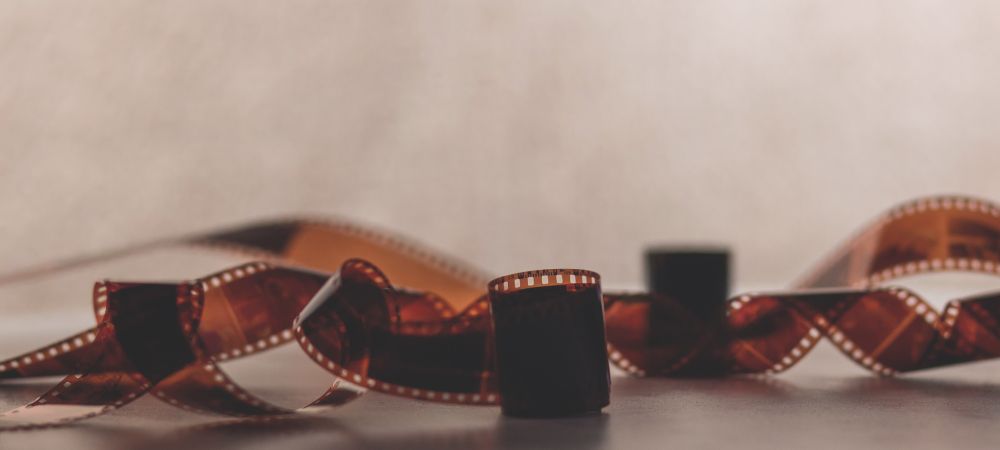
Posted by on 2024-06-28
When we think about different types of film, color negative film often stands out as a unique medium. It's not just another type of film; it offers distinct characteristics that set it apart from others like slide film and black and white film. Let's dive into how color negative film compares with these other types.
Firstly, color negative film is known for its flexibility in exposure. Unlike slide film, which demands precise exposure settings to get the perfect shot, color negative can handle a wider range of lighting conditions. You don't have to be spot-on with your settings, which makes it much more forgiving for both amateur and professional photographers alike. With slide film, if you mess up the exposure even slightly, well, there goes your shot! But with color negatives? Not so much.
Now let's talk about black and white (B&W) film. B&W has its own charm; there's no denying that. The timelessness of a monochromatic image is something special-it's classic. However, when comparing it to color negative film, one can't help but notice what it's missing: the vibrant world of colors! Color negatives capture all those hues and shades that B&W simply can't represent. Sure, some might argue that B&W focuses more on textures and contrast-and they ain't wrong-but sometimes you need those colors to tell the full story.
Another aspect where color negative shines is in post-processing versatility. You see, when you develop a roll of this stuff, you're given ample room for adjustments during scanning or printing stages. Slide films are kinda stubborn in this area; what you shoot is pretty much what you get. There's limited wiggle room for corrections or enhancements afterward.
However, it's not like color negatives are without their flaws-they do tend to have less sharpness compared to slide films. If you're aiming for ultra-crisp images right off the bat, slides might be your go-to option despite their stringent requirements.
Oh! And let's not forget about grain structure! Black and white films often have more noticeable grain compared to color negatives-a feature some find appealing while others don't care much for it at all.
In terms of cost too-boy oh boy-color negative films usually come cheaper than slide films but may be a tad pricier than B&W ones depending upon brands and formats.
So yeah... each type has its pros and cons-it really boils down to what you're looking for in your photographic endeavors: precision vs versatility; timeless classics vs colorful narratives; rigidity vs flexibility-you name it!
In conclusion (not trying sound too formal here), choosing between these types isn't always straightforward-it depends on personal preferences as well as project requirements-but hey!, isn't having options great? Whether capturing life's colorful moments or diving deep into contrasts & textures-the choice is ultimately yours!
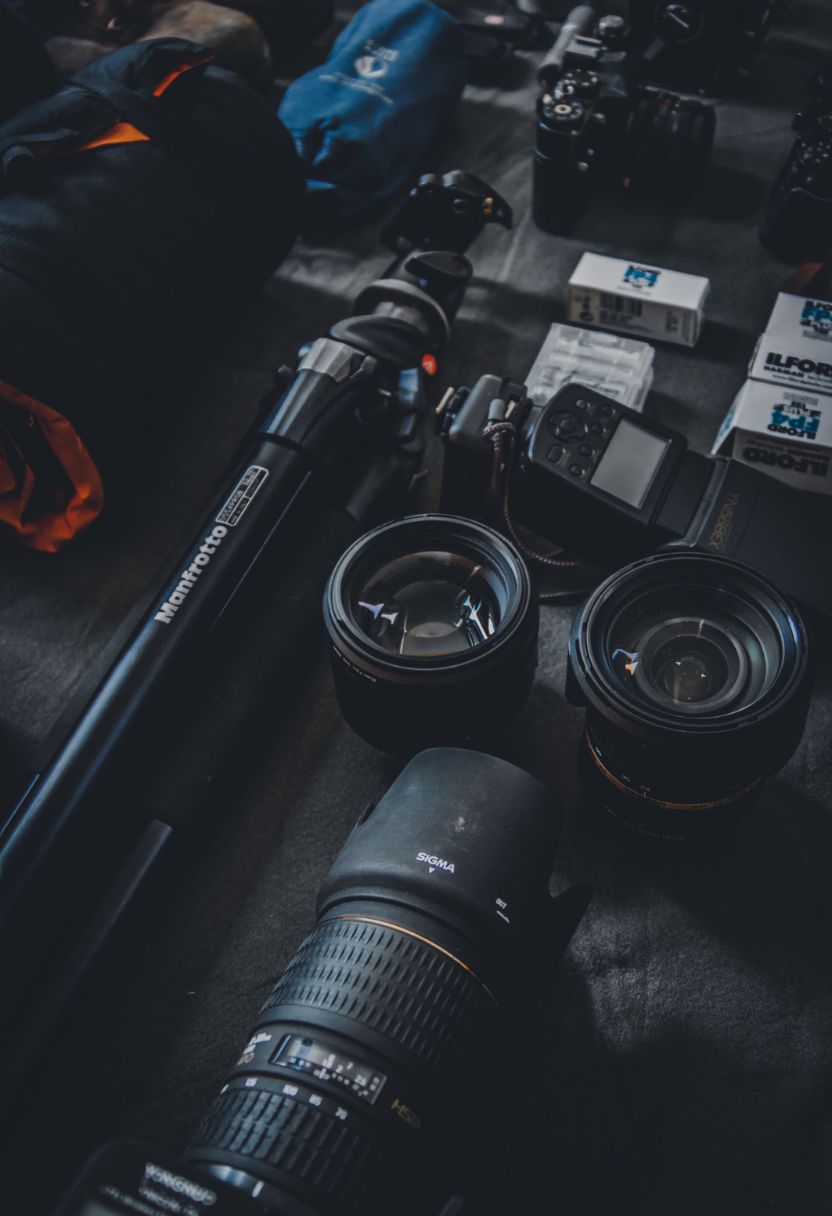
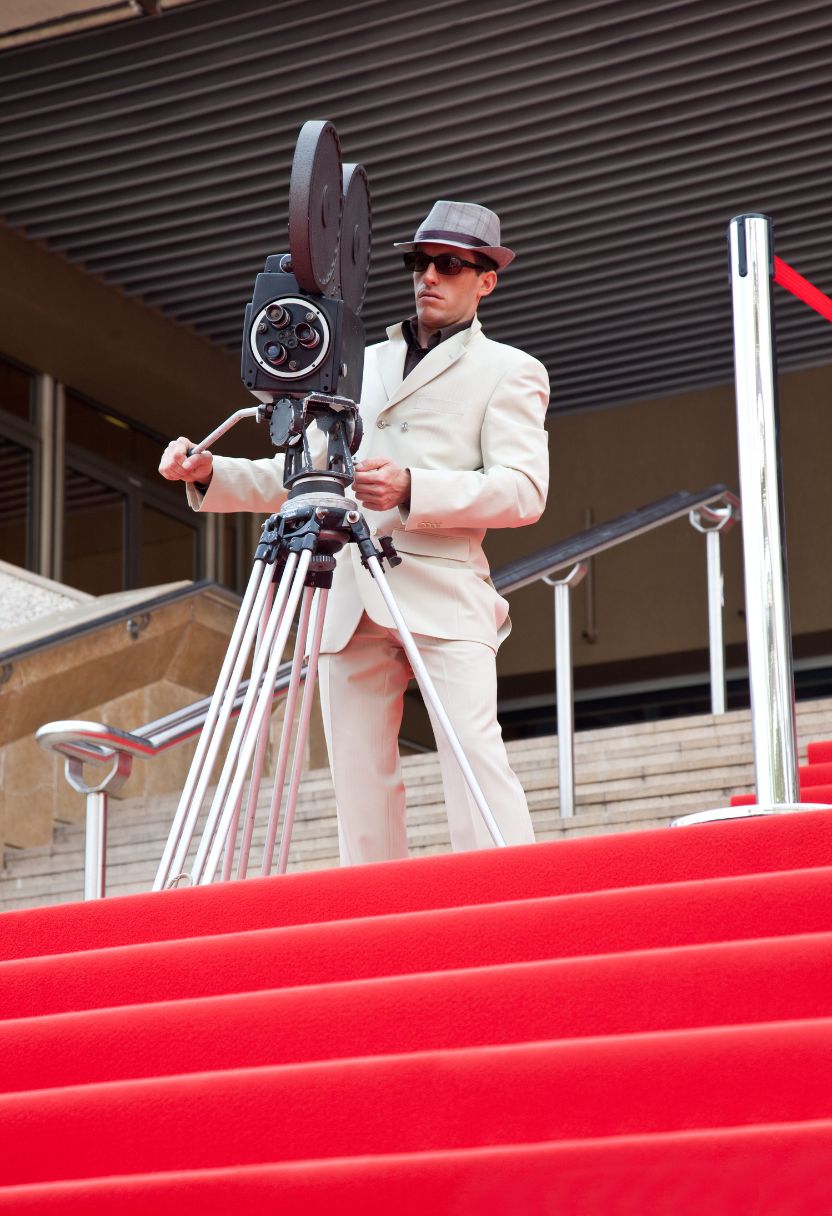
Shooting with color negative film can be an exciting and rewarding endeavor for both novice and seasoned photographers. It isn't as straightforward as digital photography, but hey, that's part of the charm! Color negative film has a unique quality that's hard to replicate digitally - its dynamic range and rich tones make it a favorite among many.
First off, you gotta understand light. Light is everything in photography, more so when you're dealing with film. Unlike digital sensors, film reacts differently depending on the lighting conditions. You don't want to underexpose your shots; color negatives tend to handle overexposure much better than underexposure. So if you're unsure about the exposure settings, it's usually safer to overexpose just a tad bit. Trust me on this one – your photos will thank you later!
Another thing you can't ignore is choosing the right ISO speed for your shooting environment. Lower ISO films like 100 or 200 are perfect in bright daylight but might not cut it indoors or in low-light situations without a tripod. Higher ISOs like 400 or even 800 can give you more flexibility but may introduce more grain into the image. But hey, some people love that grainy look - it's all about what aesthetic you're going for!
Composition is also key when using color negative film – obviously! Since you don't get immediate feedback like on a digital camera, you need to be thoughtful about framing your shots before clicking the shutter button. Think about leading lines, rule of thirds and all those compositional rules that make an image pop.
Don't forget about focusing too! Manual focus is often more reliable with older film cameras since autofocus systems weren't as advanced back then (oh boy). Take your time to ensure everything's sharp where it needs to be because once you've taken that shot, there's no going back.
One thing not everyone talks about is keeping track of what you've shot already. With digital cameras' unlimited capacity these days, we've gotten lazy at times - snapping away without thinking twice. But with film? You've got limited exposures per roll – typically 24 or 36 frames – so each shot should count!
Lastly (and I can't stress this enough), store your rolls properly after shooting till they're developed! Heat and humidity aren't friends with undeveloped films; they could ruin those precious memories forever stored within them.
To sum up: understand light; choose appropriate ISO; compose carefully; focus manually if needed; keep track of exposures and lastly store rolls correctly until development time comes around! Shooting with color negative film requires patience and care but results are totally worth every effort put into it… Happy shooting folks!
Developing and processing color negative film, oh boy, it can be a bit of a journey. There's something magical about it though, isn't there? I mean, it's not like snapping a quick pic on your phone and calling it a day. No, this process asks for some patience and care.
First off, let's talk about what color negative film even is. It's not exactly the same as slide film or positive film which gives you those nice slides you can project onto walls. Color negative film, instead, produces negatives – images where the colors are inverted. Reds appear greenish-blue and blues look orangey-yellow. This might sound odd but hey, that's just how it works!
Now when you're developing this type of film at home (yes, you can totally do that), you'll need some chemicals. Don't worry; it's not rocket science! You'll need developer, blix (that's bleach-fix), and stabilizer among other things. Most folks use C-41 process for color negatives because its kinda standard.
Before we dive into the nitty-gritty details though let's clear one thing up: don't think it's completely easy-peasy lemon squeezy! There's quite a few steps involved in getting from exposed roll to beautiful prints or scans.
Firstly ya gotta load your exposed film onto a reel in complete darkness - no exceptions here unless you'd like blank frames! Once loaded properly into the developing tank with light-tight lids secured tightly well then comes time for chemical baths.
The first bath is usually pre-soak using distilled water just to get everything ready for action; then follows development stage which could take around three-and-half minutes at 102°F depending upon your specific brand/type requirements written right there on packaging instructions booklet so read carefully!
After development phase ends rinse off excess developer under running tap water before moving onto bleaching/fixing stages combined together making “blixing.” Here lies crucial part ensuring all those unwanted silver halides get converted plus fixed securely within emulsion layers forming stable final image structure ya see later during scanning/printing processes ahead!
After blixing another thorough wash routine rinses away residual chemicals followed by stabilization step preventing future fading/discoloration issues arising due environmental factors over time period extending longevity archival preservation purposes mostly dear photographers cherish greatly indeed!.
Finally drying-it does take awhile-hang films strips somewhere dust-free ideally bathroom perhaps after hot shower steam dissipated completely leaving clean airspace minimizing risks new contaminants settling wet surfaces meantime awaiting fully dry state achieved typically overnight duration elapsed successfully conclude whole entire operation start-to-finish overall enjoyable learning experience gained many insights along way surely valued highly anyone passionate analog photography endeavors alike truly rewarding pursuit without doubt!.
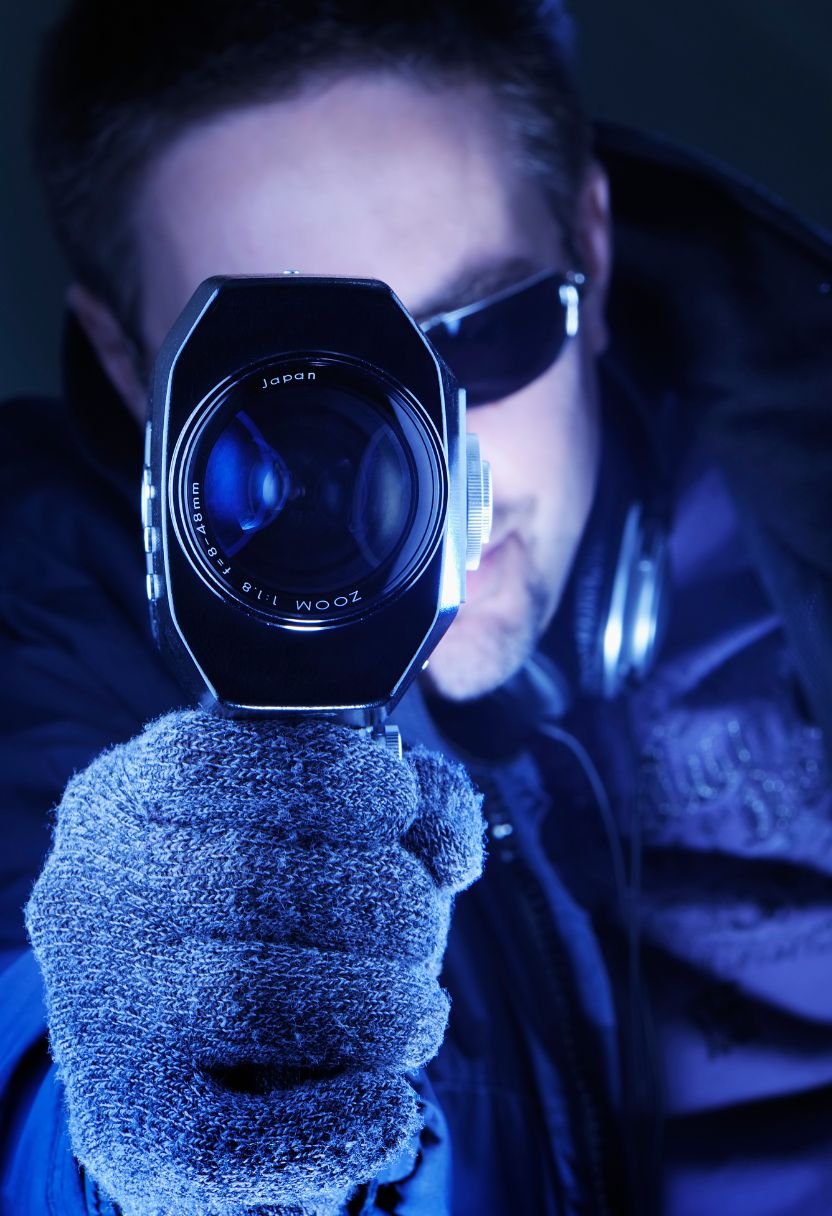
Color negative film can be a thrilling medium for photographers, offering rich and vibrant colors that digital sensors sometimes struggle to capture. However, it ain't without its fair share of challenges. Let's dive into some common obstacles folks face when working with color negative film and how to overcome 'em.
Firstly, one major challenge is the cost of film and development. Film photography's not cheap. Buying rolls of color negative film and paying for their development can quickly add up. To mitigate this cost, consider buying in bulk or looking out for sales from online retailers. Additionally, developing your own film at home can save you quite a bit of money in the long run, though it does require an initial investment in equipment and chemicals.
Another issue is getting the right exposure. Unlike digital cameras that offer instant feedback, you won't know if you've nailed the shot until after the film's developed – yikes! It's important to understand your camera's metering system and practice using a light meter if your camera doesn't have one built-in. A good rule of thumb is to slightly overexpose color negative film; it's more forgiving with highlights than shadows.
Dust and scratches are also notorious enemies of film photographers everywhere! Even a tiny speck of dust can ruin an otherwise perfect frame. Always handle your negatives with care; use gloves if possible, and store them in archival sleeves once they're dry. Cleaning your workspace before loading or unloading film helps too.
Let's not forget about scanning issues either! Converting those beautiful negatives into digital files isn't always straightforward. You might notice weird color casts or grain patterns that weren't visible on the prints themselves. Investing in a decent scanner specifically designed for negatives can make a huge difference here-plus learning some basic post-processing skills like color correction will save you headaches down the road.
Last but certainly not least: patience (or rather lack thereof). Working with color negative film requires an extra level of patience compared to shooting digitally because everything takes longer-from shooting to developing then finally seeing results weeks later sometimes! Embrace this slowness-it forces you to think more deliberately about each shot which often leads better compositions overall.
So while these challenges may seem daunting at first glance-they're far from insurmountable! With thoughtful preparation attention detail anyone determined enough conquer world analog photography no time flat!
Happy shooting!
The Aesthetic Appeal and Artistic Uses of Color Negative Film
Color negative film, oh boy, it's got a charm that's hard to ignore. You know, when you look at those images developed from color negatives, there's this certain warmth and authenticity that just grabs ya. It's not like digital where everything's so... perfect. Nope, color negative film brings out the flaws and makes 'em beautiful.
First off, let's talk about the aesthetic appeal. Color negative film has this unique way of rendering colors that's kinda nostalgic. The hues are often softer and more muted compared to digital photos or even slides. This can make scenes look more natural or sometimes even dreamlike. It doesn't scream for your attention with high contrast; instead, it whispers softly to your senses.
Another thing is how it handles light – oh man! The dynamic range in color negative film is pretty impressive. Shadows aren't just black holes; they've got detail! Highlights don't blow out as easily either. For photographers who love playing with different lighting conditions, this is a godsend.
But let's dive into its artistic uses now, shall we? Artists have been using color negative film to tell stories in ways that digital can't quite replicate yet (if ever). One popular technique is cross-processing – developing the color negative film in chemicals meant for slide film. It creates some wild shifts in colors that can turn a mundane scene into something otherworldly.
Then there's double exposure photography – shooting two different scenes on the same frame of film. With color negatives, you get these surreal compositions where one image blends seamlessly into another without losing any details or richness in tones.
And don't forget about lomography! This whole movement kind of revolves around embracing imperfections inherent in analog mediums like color negative films-light leaks, vignetting-all celebrated rather than corrected.
So yeah sure, it ain't perfect by modern standards but maybe that's exactly why people love it so much today too? There's an organic quality here-a tactile sense-that makes each photograph feel almost like a living memory captured forever on celluloid strips rather than mere pixels on screen...
In conclusion: Is using old-school tech inconvenient sometimes? Yeah probably... But does anyone really care when they see results filled with character depth emotion?? Absolutely not!!
So next time you're thinking about taking some pictures remember-there's always room for good ol' fashioned artistry courtesy our dear friend-the humble yet mighty COLOR NEGATIVE FILM!
